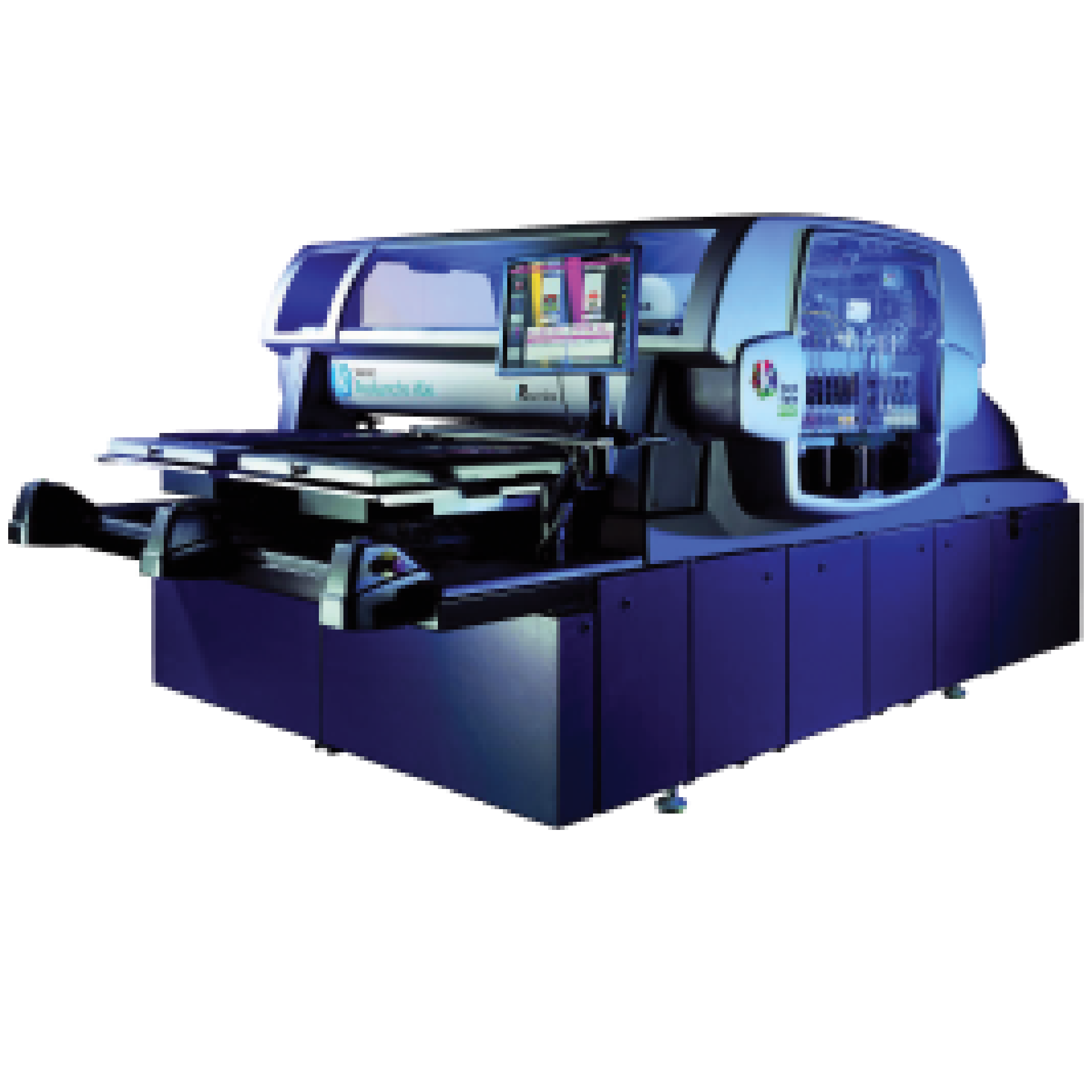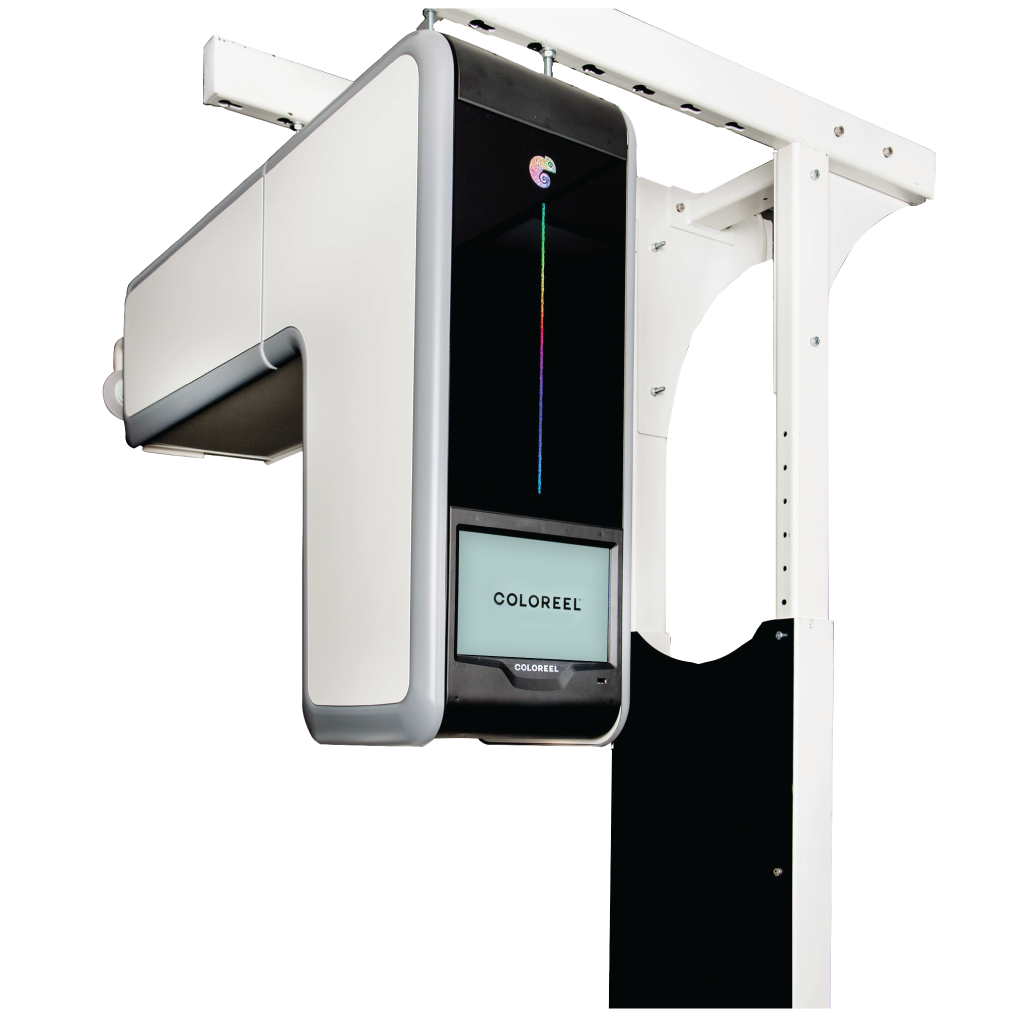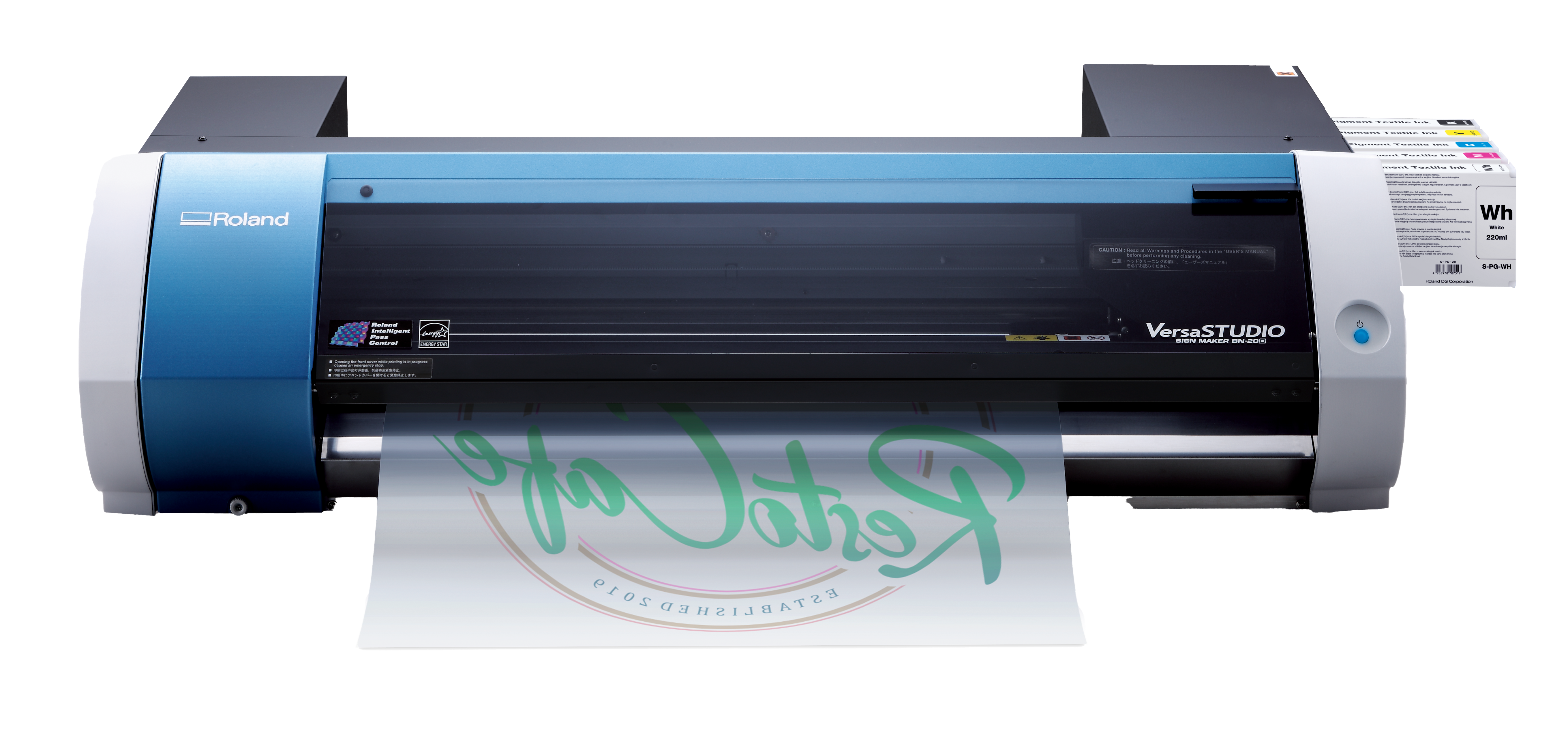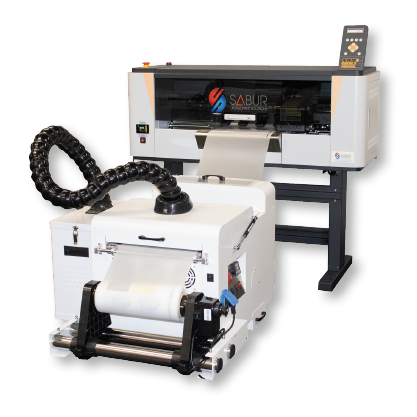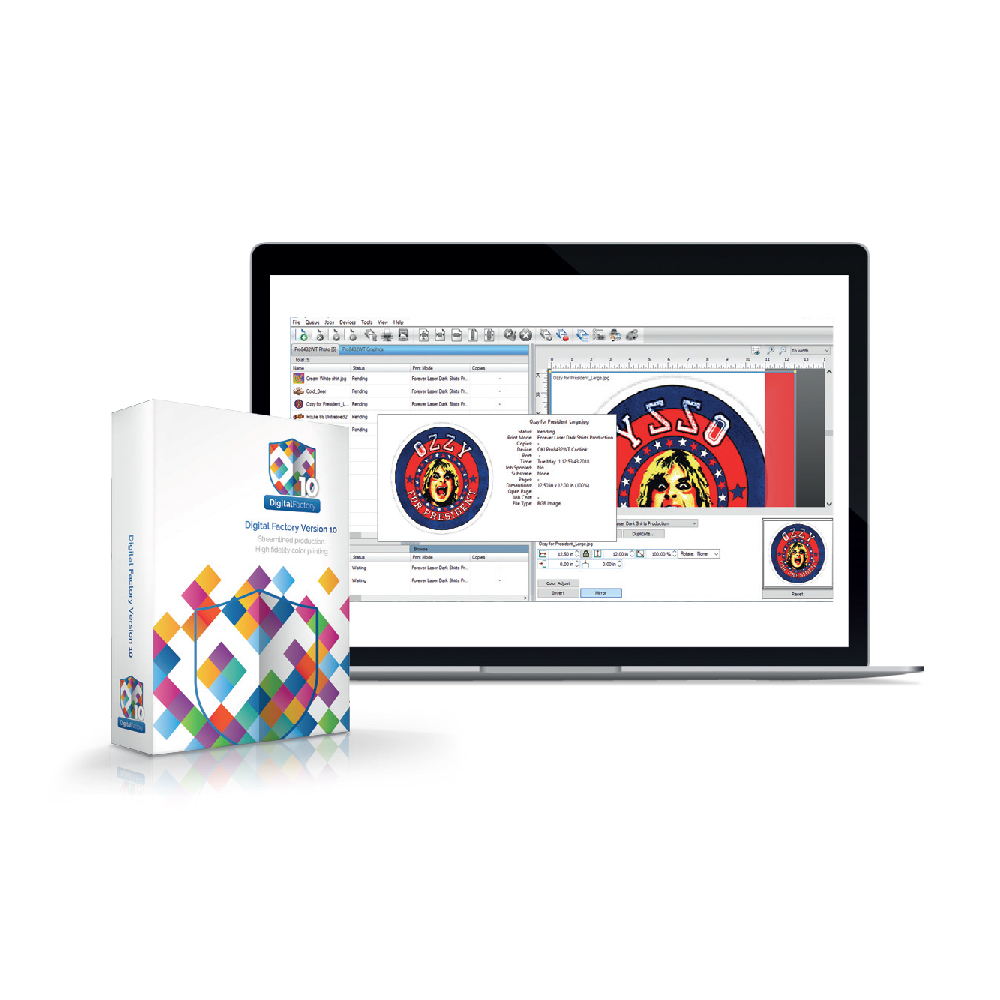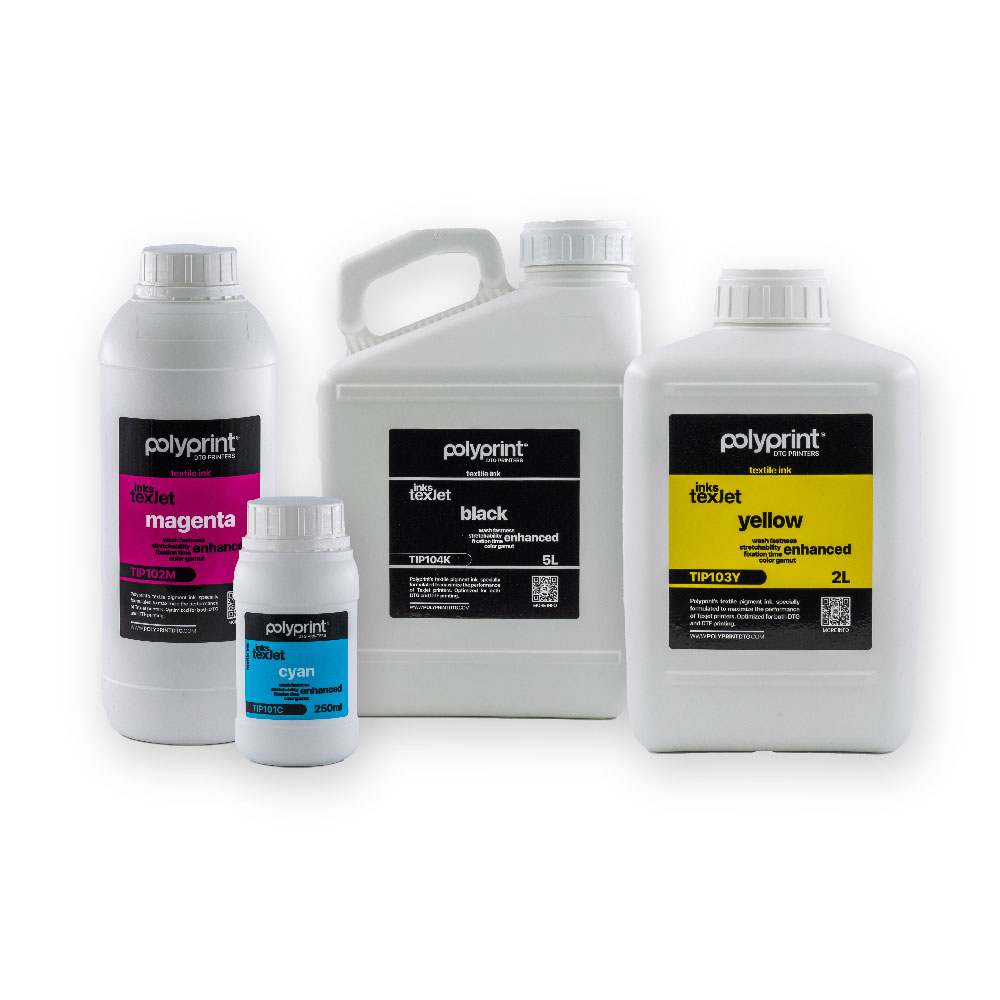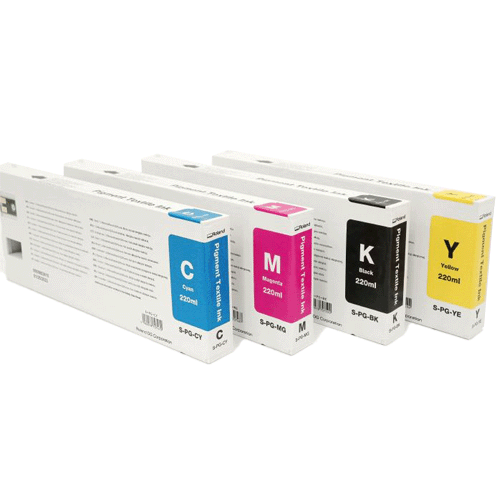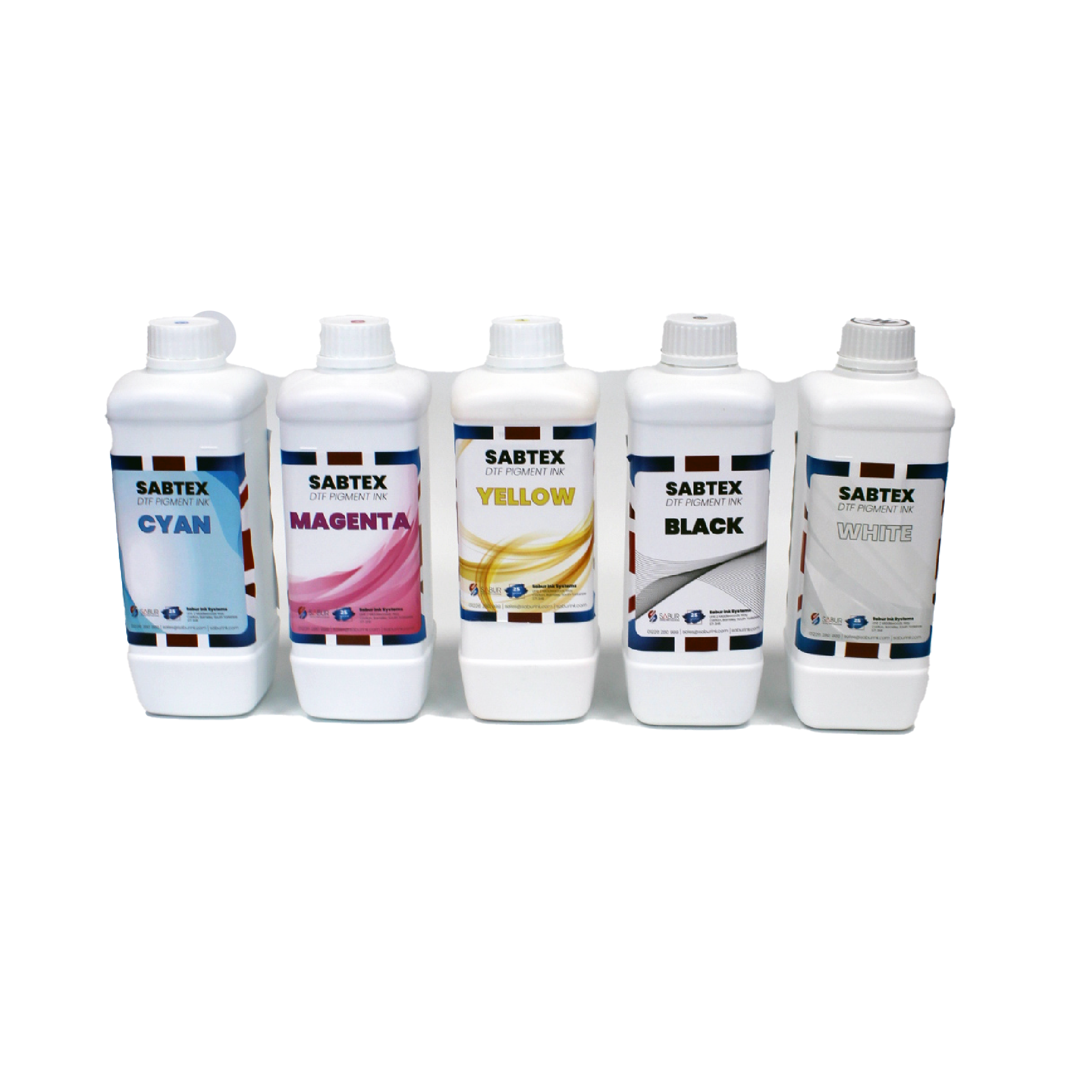What needle shall I use?
65/9 – Benefit: Smallest of the more common needles. Used for fine fabrics, 60-weight thread, and delicate design details and tiny lettering.
65/9 – Drawback: Thinner needle blade is more prone to needle deflection and breakage.
70/10 – Benefit: Used for fine fabrics, design details and small letter. Good needle size for a larger majority of embroidery work.
70/10 – Drawback: Thinner needle blade is more prone to needle deflection and breakage.
75/11 – Benefit: Standard needle size and good for the majority of embroidery applications.
75/11 – Drawback: May be too large for finer detail work.
80/12 – Benefit: Largest of the more common needles. Often used caps with buckram backing or cotton duct jackets to help alleviate thread breaks.
80/12 – Drawback: Larger holes can damage finer materials and smaller design details.
90/14 – Benefit: Used with some specialty and metallic threads.
90/14 – Drawback: Larger holes can damage finer materials and smaller design details. Uncommon needle size and can be difficult to source and purchase.
100/16 – Benefit: Used with the thicker 12-weight threads like the wool-acrylic blends.
100/16 – Drawback: Larger holes can damage finer materials and smaller design details. Uncommon needle size and can be difficult to source and purchase.
